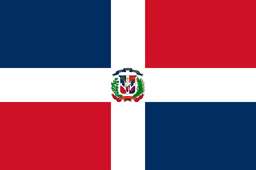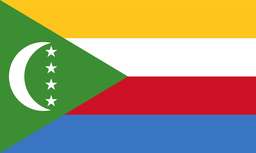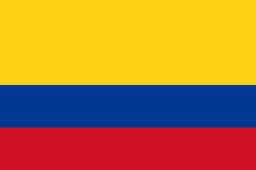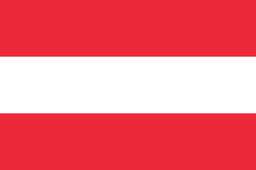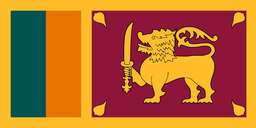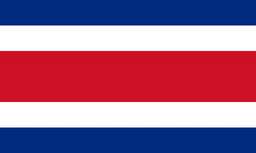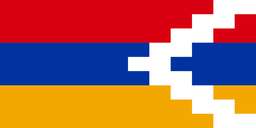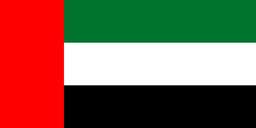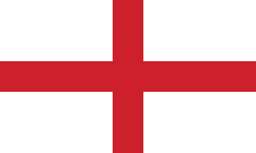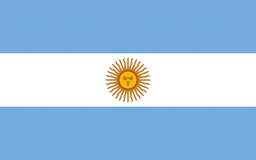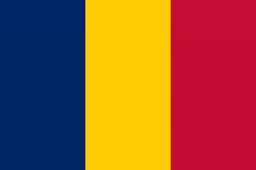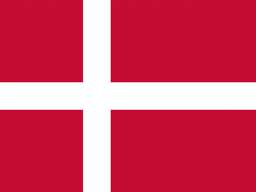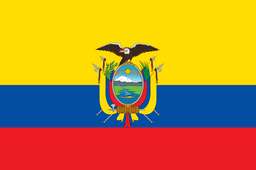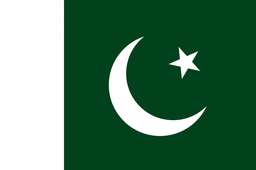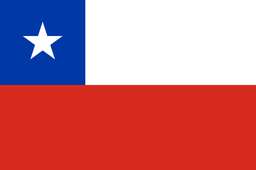Found in South Asia, Bangladesh boasts a population of over 170 million. It borders Myanmar and India. For thousands of years, Bangladesh's history has evolved under the influence of several empires, invasions, and colonialism. This paper will discuss the important events and periods during which the nation has evolved.
Ancient History
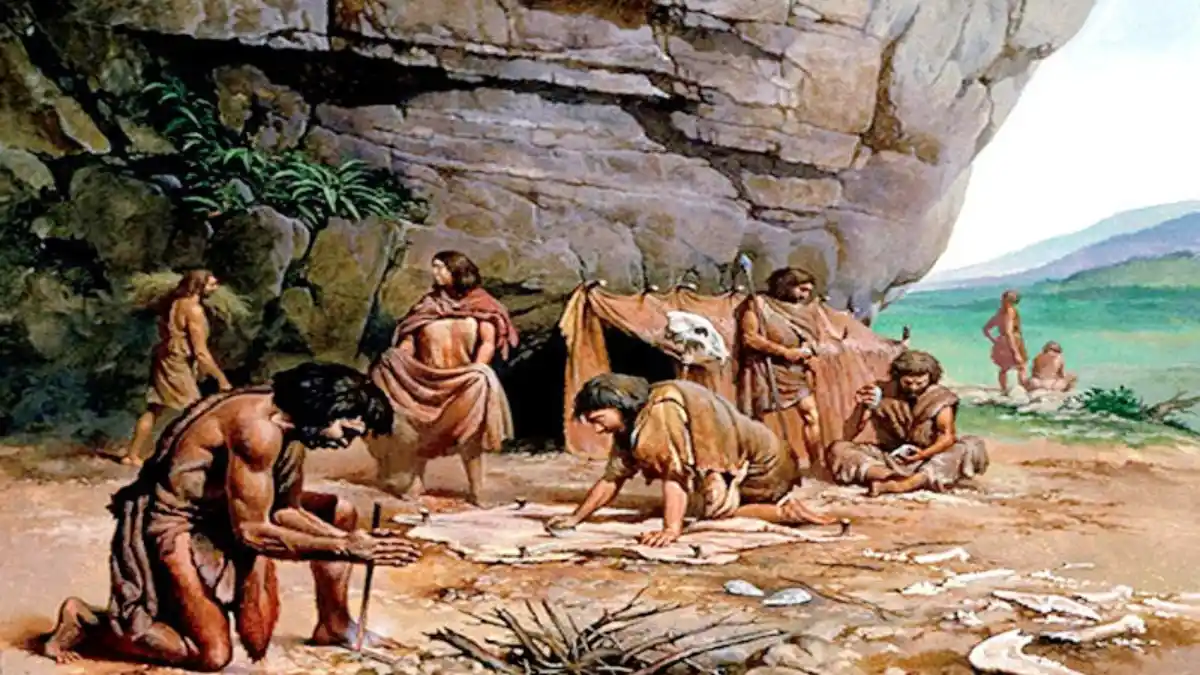
From the Stone Age, Bangladesh's first evidence of human habitation, as excavations have shown, early inhabitants of this region lived in the Paleolithic, or Old Stone Age, about 10,000 BC. These were nomads and hunter-gatherers as well. Bangladesh started the Bronze Age around 3000 BC. During this time came agricultural and animal domestication. It lines up with the rise of several civilizations, including megalithic culture and the Indus Valley civilization. It also signals the start of urbanization. Present-day Bangladesh had developed as a kingdom of minor nations, Gangaridai, Vanga, Pundra, and Champa, during the Iron Age (500 BC). Initially, the kingdoms were agricultural and adept traders.
The arrival of Islam
In the early 13th century CE, Islam arrived in Bengal, accompanied by Arab traders. Many Bengalis, widely accepted among the residents, practice Islam. During this time, Sufi influence and mysticism grew as well. Originally a part of the Delhi Sultanate in the 14th century, Bengal later came under the rule of succeeding regional sultans.
Etymology of Bangladesh
Bangladesh starts with "Bangla" and "Desh." Bangla is the language used by Bengali people; Desh is a country. Now Bangladesh is the country with Bengali speakers.
Colonial Rule
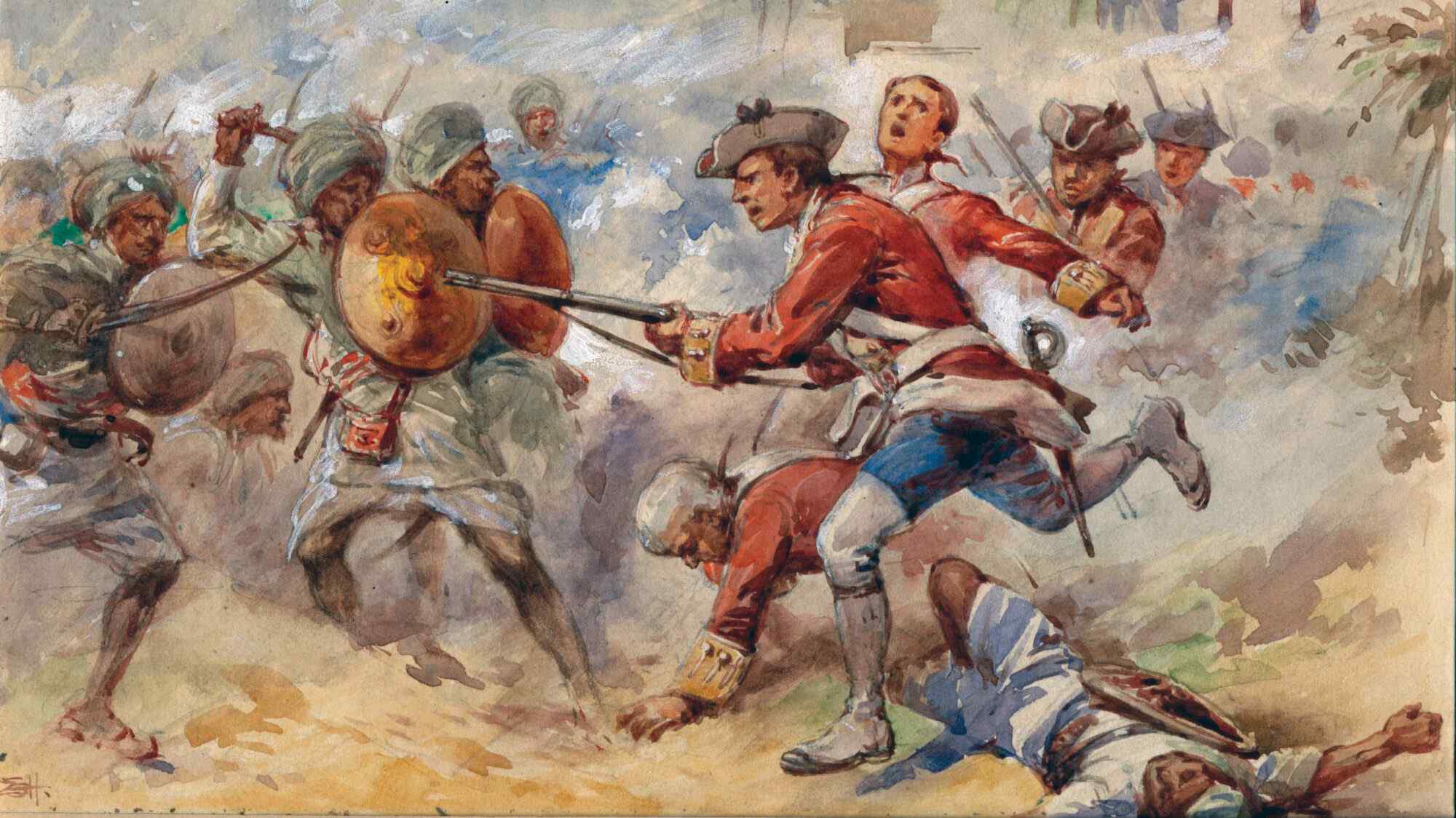
In the 16th century, European countries initially arrived in Bengal to trade. Portugal and France were initially handling business. Following multiple wars with local kings, the British East India Company then acquired Bengal. Beginning with the Battle of Plassey in 1757, British colonial dominance of Bangladesh profoundly changed Bangladeshi society and economy under British control. The area started to produce and export tea, cotton, and jute somewhat seriously during this time. But it also resulted in the British government's mistreatment and exploitation of the local inhabitants.
Independence Movement
Bangladeshis started a decades-long fight in the 20th century to have their country free from discrimination and exploitation. Once British rule ended in 1947 and India gained its freedom, Bengal split along religious lines. Emerging were East Pakistan (now Bangladesh) and West Pakistan (now Pakistan). Bangladesh's national identity developed mainly during the language revolution of 1952. The demonstration opposed the government of West Pakistan's decision to use Urdu as the national language. Finally, this effort brought Bengali recognition as one of the national languages.
Liberation War
Under the rule of the government in West Pakistan, East Pakistan's people had been under one year of cultural and financial suppression; they revolted in 1971. At last, the nine-month Bangladesh Liberation War produced an independent Bangladesh on December 16, 1971. A war that affected the nation in a long-lasting manner killed millions of people. However, it also strengthened the Bengali identity, hence producing Bangladesh as a new country.
Mughal Rule
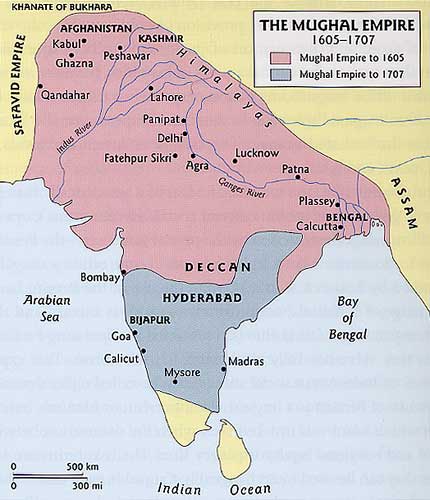
In 1576, the Mughals vanquished Bengal's last independent Sultan, therefore capturing the territory. Regarding administration, commerce, and culture, the Mughal rulers brought the most important reforms. Over that time, Dhaka became a major center for trade and the textile sector. The Mughals ruled until the British East India Company seized Bengal midway through the 18th century.
Modern-day Bangladesh
Particularly in commerce, technology, and education, Bangladesh has advanced much beyond its moment of independence. Still, political instability, poverty, and natural calamities afflict the country. People applaud Bangladesh now for its continual fight as much as for its people, geography, food, and culture. Building on its rich past and conquering challenges on its path to a much brighter future, it drives itself onward.
Bengali Renaissance
In the 19th and 20th centuries, Bengal revived professionally, socially, and culturally. Stars in intellectual and creative terms were Tagore and other local writers and artists. Over this period, the nationalist stance opposing colonial control evolved gradually.
Partition of Bengal
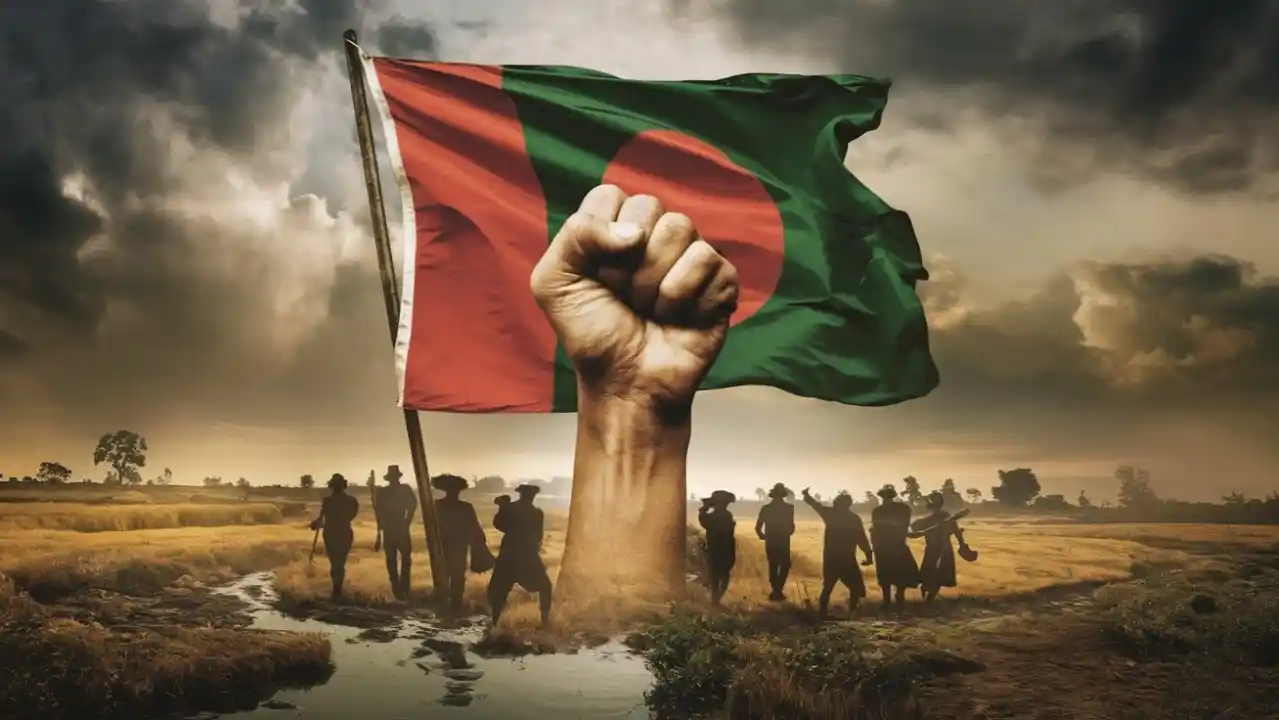
The British authorities used this split to divide Bengal's rising nationalist movement. In 1905, the British split Bangladesh between East Bengal and West Bengal. Still, it was finally rejoined following strong Bengal opposition and pressure in 1911. Furthermore, it's impossible to ignore Bengal's divided economy, with East Bengal becoming more agricultural and West Bengal becoming more industrial. Later, the economic differences between the two areas would prove to be a source of conflict throughout the independence struggle.
British Colonization
By the late 18th century, the British East India Company had invaded Bengal and finally seized control over it. Their initial priority was resource exploitation, and local population unrest and hunger followed quickly. Bengalis backed freedom as early 20th-century Indian nationalism developed.
Geography
At independence in 1947, Bengal was divided into East Pakistan (now Bangladesh) and West Pakistan. This separation was religious since East Pakistan was primarily Muslim and much of West Pakistan was Hindu. The unequal treatment of East Pakistan by the central government caused Bengalis' mounting dissatisfaction and discontent.
Natural Disasters
Geologically, the government dwells; this damages the country as well, since it experiences natural disasters such as floods, cyclones, and tornadoes. These historical tragedies have raised the death count and caused great damage. Still, several international agencies, as well as the government, have started projects aimed at lessening the pain brought forth by such disasters.
Biodiversity
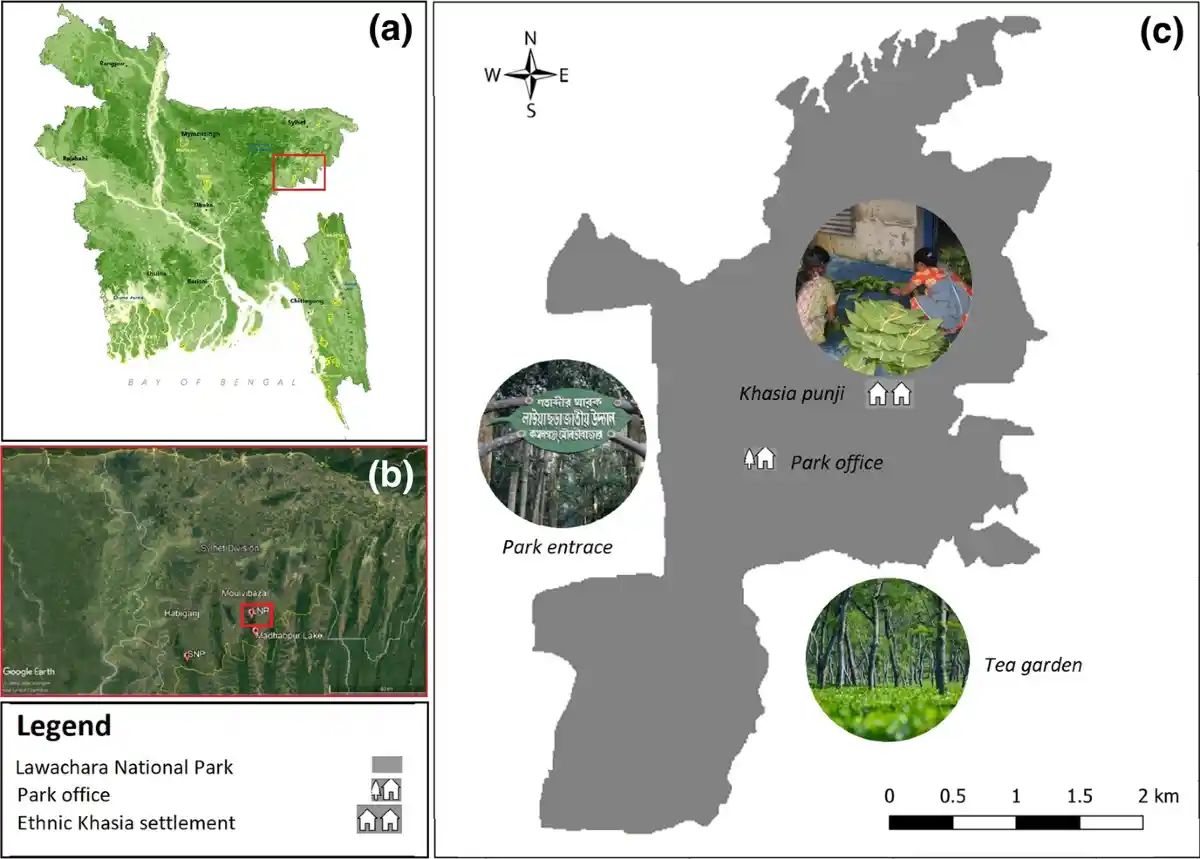
There is an enormous diversity of flora and animals in little Bangladesh. The Sundarbans mangrove forests, among other abundant plant and animal species, show the special habitat that their location offers. Still, pollution and deforestation have put many of these species in danger. This administration has made much effort to protect these priceless natural riches.
Government and politics
Following the Bangladesh Liberation War in 1971, the nation became independent of Pakistan and instituted a parliamentary government. Bangladesh's economic machinery has quickly expanded since then. Still, problems include political unrest and corruption.
Military
The Army, Navy, and Air Force of Bangladesh are its three armed forces branches. The government has lately integrated army modernization into its defense budget and taken part in international peacekeeping operations. Still, politics has sometimes included the military; in prior times, tensions and instability resulted from this.
Civil society
Bangladesh boasts an active civil society with significant non-governmental groups and grassroots movements, among other things. These groups advance environmental sustainability, human rights, and social welfare.
Human rights
Nonetheless, Bangladesh still faces human rights issues in many different spheres. Some charge the nation with restricting freedom of expression and speech and mistreating its minority populations. Though individuals behind the reforms have responded to these issues, there is more they could do.
Administrative divisions
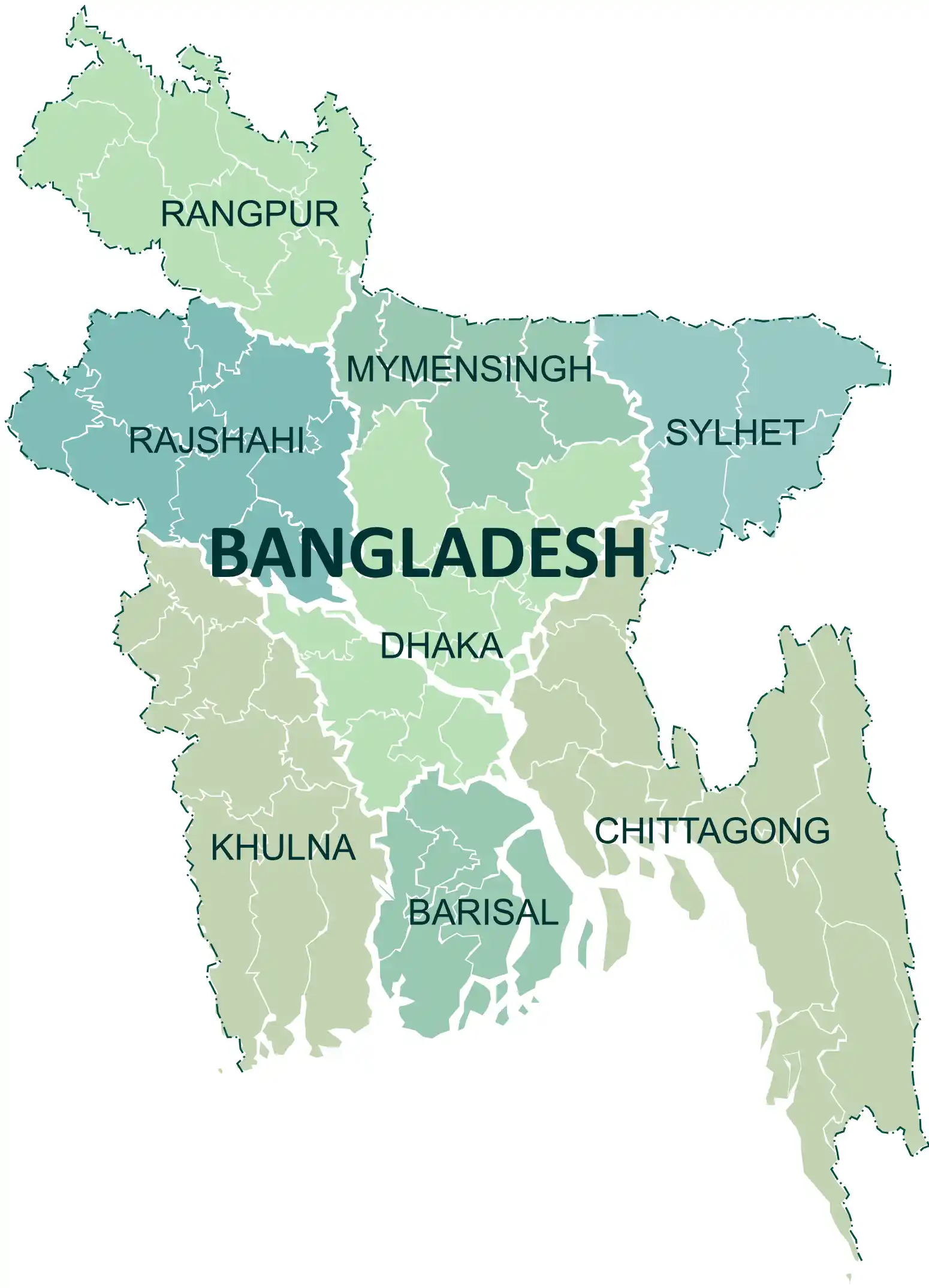
Bangladesh consists of eight administrative divisions with capitals. For administrative needs, these divisions are further broken down into unions, sub-districts, and districts. This style of governance makes governance simple and helps one understand that resources and services are fairly distributed nationwide.
Economy
Bangladesh has advanced in economic growth and development recently. Among the major sectors are textiles, food, and medications. It has also been fostering the IT industry, which boosts the national GDP.
Infrastructure
They have heavily funded roads, airports, and ports, among other infrastructure projects, boosting trade and industry in the nation. Still, some factors—especially in rural areas—have not really changed.
Tourism
Bangladesh, a marine country, appeals to tourists because of its rich natural and cultural legacy. The government aims to boost environmentally friendly and cultural trips and the travel industry.
Energy
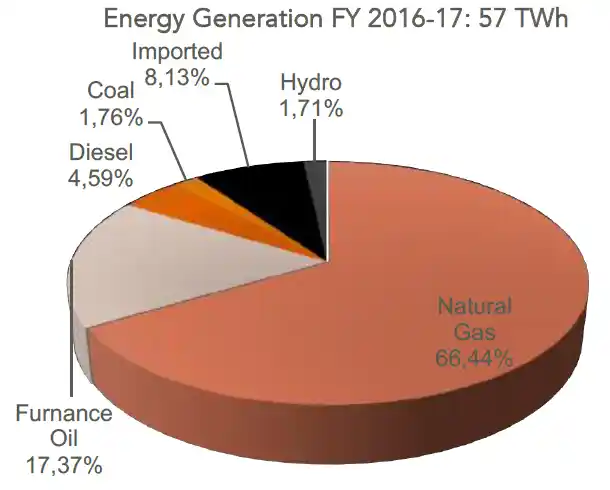
Fossil fuels provide most of Bangladesh's energy. Still, the country has committed funds to solar and hydroelectric. Rural communities now have better access to electricity, but the government has not yet completely met their great energy needs.
Demographics
Bangladesh ranks ninth among all the nations in population, with more than 165 million. The most often spoken language is Bengali; Islam is the primary religion. The government also boasts a sizable minority—10% of Hindus, Buddhists, and Christians.
Language
Most of Bangladesh's population speaks English as their official language. English is also rather common in business and education. Additionally, minority communities speak many indigenous languages.
Religion
Ninety percent or thereabouts of Bangladesh's population is Muslim. Still, there are also sizable Hindu and Buddhist communities and some Christians and indigenous people. Though the country's constitution guarantees religious freedom, there has been religious strife and violence, including incidents with houses burned down because of the slaughter of chickens carried out in keeping with religious customs.
Education
Nevertheless, the government has done a lot in trying to provide access to education, so the literacy rate is generally greater than in other South Asian nations. Still, there is a problem with equal opportunity and the caliber of every pupil.
Healthcare
Although Bangladesh has made great progress in practically all spheres regarding access to and quality of healthcare, the issues of access to and quality of treatment remain mainly concerning in rural areas. Health problems, including epidemics of cholera and dengue, have also dogged the country.
Culture
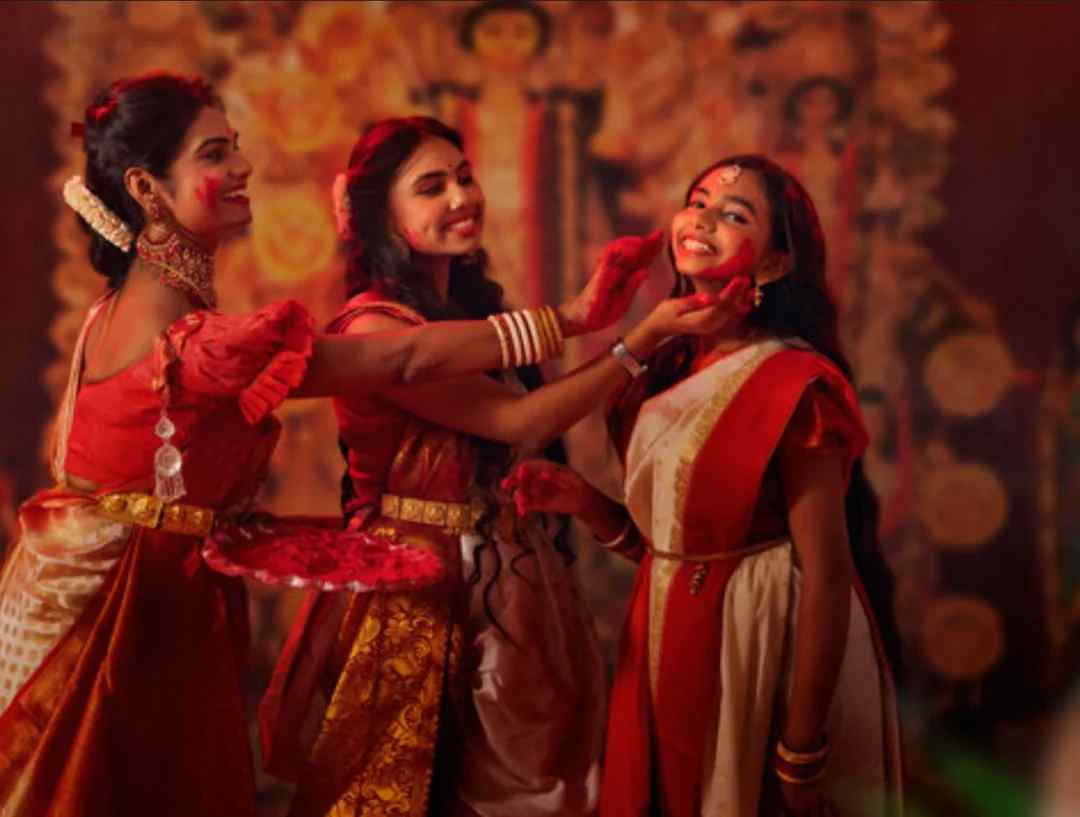
Bangladeshi culture blends Middle Eastern and South Asian traditions with indigenous ones. Music, dance, literature, and food most essentially define the nation's cultural character.
Architecture
Bangladesh has an architectural legacy, with instances of Buddhist, Hindu, and Islamic architecture throughout the country. Many antique buildings still feature Bengali-style curving rooftops and elaborate terracotta patterns.
Arts and crafts
Bangladesh is also famous for its exquisite hand-painted rickshaws, which presently characterize its way of life. From Bangladesh, other traditional arts and crafts are embroidery, weaving, and ceramics.
Museums and Libraries
Bangladeshi libraries and museums expose various historical and cultural resources about the country and cultural landmarks such as the Bangladesh National Museum, the Liberation War Museum, and the National Library of Bangladesh.
Literature
Rabindranath Tagore and Kazi Nazrul Islam are leading Bengali writers. Oral narratives, folktales, and songs passed down from generation to generation define the nation's lengthy history.
Women
Though this has been especially important in elections when many women have been major political and occupational players, Bangladesh has made tremendous progress regarding women's rights and gender equality.
Media and cinema
The Bangladeshi media scene is rich in newspapers, TV stations, and web-based services. He also brought up Dhallywood, the national film company producing Bengali and other regional languages.
Textiles
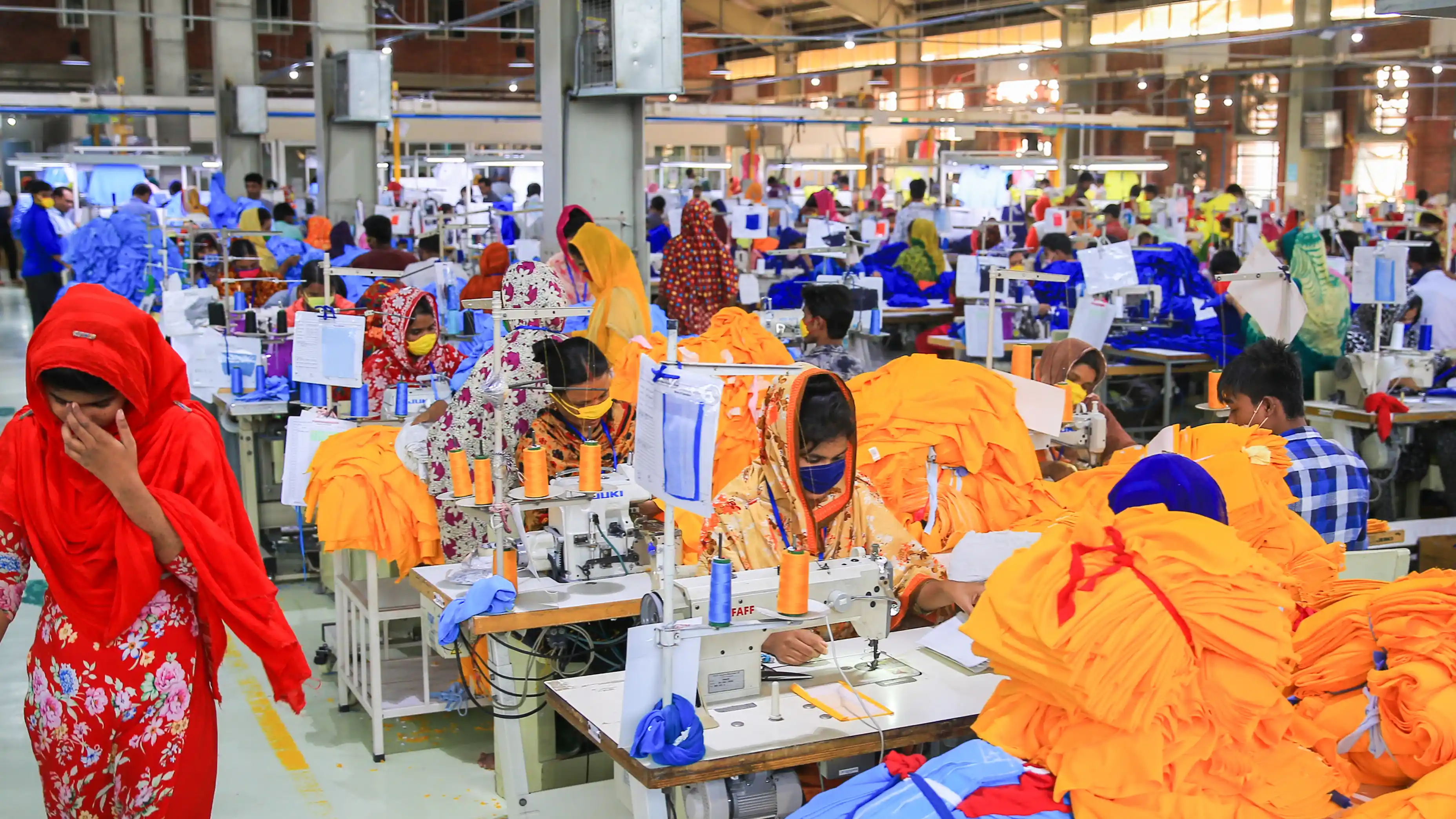
One of the biggest nations producing textiles globally, Bangladesh, also boasts one of the biggest apparel industries. Moreover, rural areas still see traditional handloom weaving and embroidery used.
Cuisine
Food from Bangladesh blends Middle Eastern, South Asian, and Southeast Asian flavors. Popular meals are lentil-based cuisine, biryani, curry, several rice dishes, and so forth. Its excellent range of pastries and sweets is also well-known.
Sports
Bangladesh's favourite game is cricket; the national team has had great success overseas. In Bangladeshi homes, sports have long been a major motivator. Men and women play football, kabaddi, and field hockey. Rural locations can host classic events as bullfighting and boat racing.




